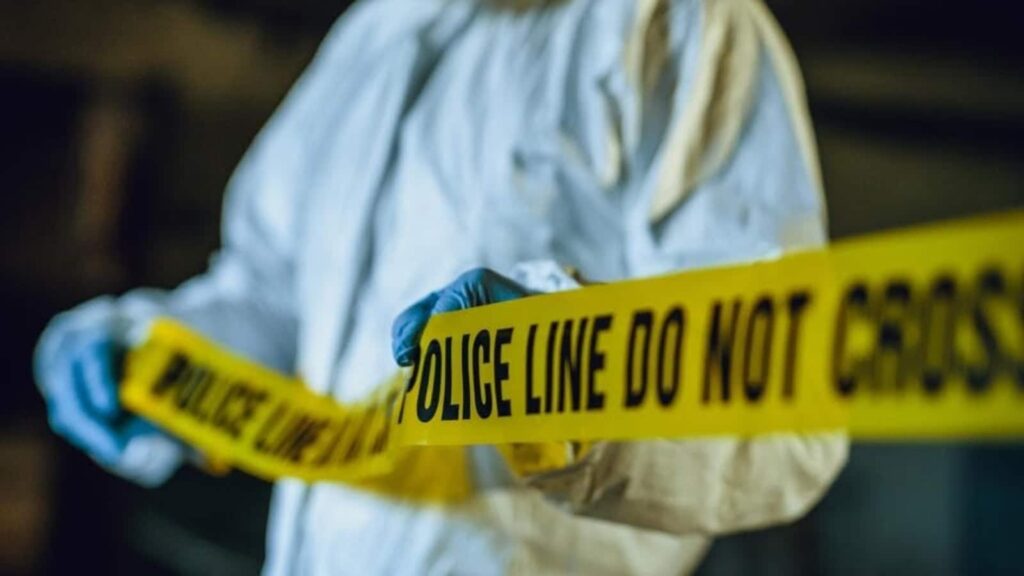The horrific death of a first-year student at Jadavpur University in Kolkata has underlined gaps in the implementation of anti-ragging guidelines in educational campuses — and elite ones at that — more than a decade after they came into effect. The moves by the Supreme Court and the University Grants Commission helped curb incidents of ragging from the epidemic it had turned into in the 2000s — resulting in a number of high-profile student deaths and suicides — as the higher education regulator helped younger students file police complaints against what were plainly perverse displays of power, and sensitised college administrations and faculty members to not condone such behaviour. The 2009 death of a first-year student at a medical college in Himachal Pradesh, after being thrashed by drunk third-year students, brought home the horrors of ragging and precipitated a national conversation on the menace. As a result of the crackdown, incidents of brutal ragging dipped dramatically as authorities and student bodies wisely differentiated between everyday interactions between senior and junior students, and acts that endangered the lives of young people.
The death of the Jadavpur University student, however, indicates some laxity may be creeping into the implementation of these guidelines. Preliminary investigation has thrown up uncomfortable questions about the role of the administration in safeguarding young students at hostels, or the recourse available to first-year students bullied by seniors. The police and administration must ensure a fair and thorough probe to nab the culprits, keeping away elements that have sought to give a political colour to the incident. At the same time, the authorities have to ensure student safety and freedom are protected. This will need deeper conversations with the student body and the threat of punitive action for illegal activities.

